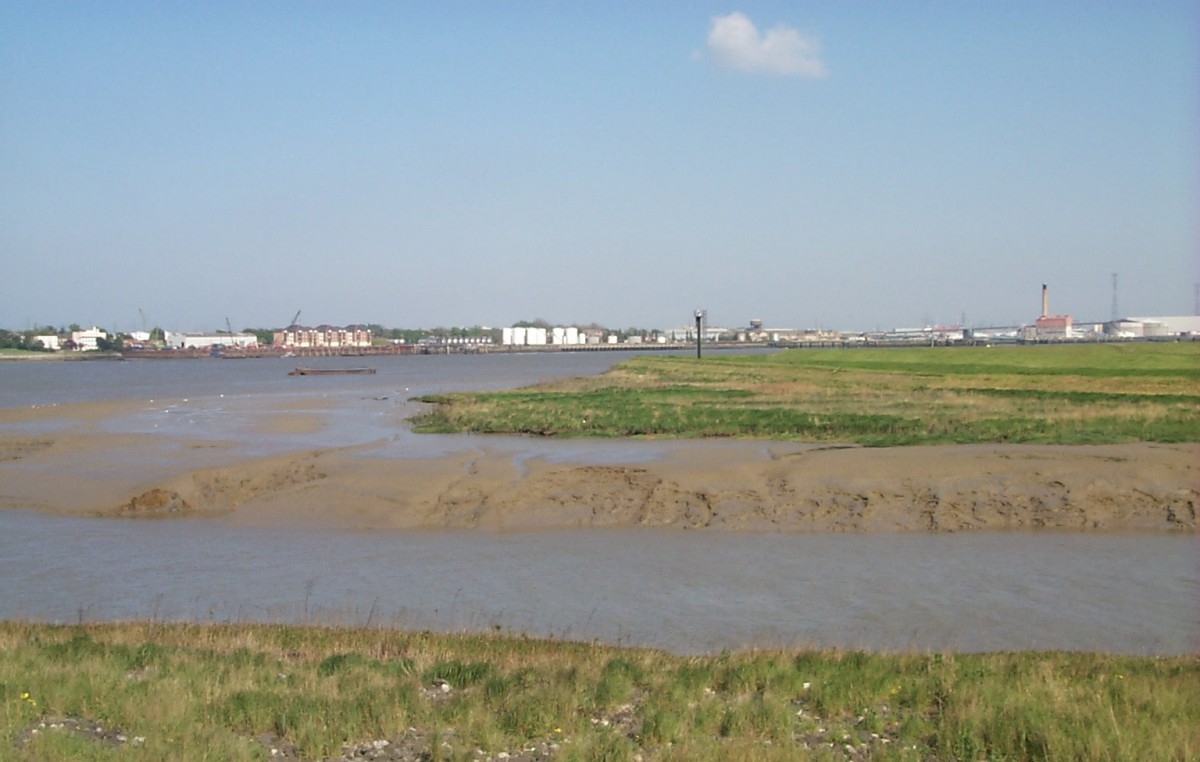The TEP’s Annual Forum is always a good event with a wide range of stakeholders in attendance. At this year’s forum held on 12 November there was, understandably, much talk of the Thames Tideway Tunnel project and also the Environment Agency’s £300 million TE2100 Flood Defence contract which, it was announced, had just been awarded to a team lead by the US owned CH2M Hill.
The TEP serves a valuable function in getting statutory authorities together with developers, consultants, contractors and the voluntary sector. There is much talk of the need for integrated thinking amongst these disparate bodies and a holistic approach to the river and its environment although in practice such joined-up thinking is elusive. An example is the plan to build circa 200,000 new homes in the Thames Gateway, much of it on land in locations, such as the Swanscombe peninsula, which lie well below flood defence level. There is therefore a
need for these riverside sites to be raised to minimise their flood risk. Despite this need the 6.0 million m3 of tunnel spoil excavated from the Crossrail tunnels was shipped past these low lying sites and up to Wallasea Island in Essex where it was used to improve a bird sanctuary.
New developments on the Thames are typically required to provide environmental mitigation measures and generally those measures are required at the location of the development – even if there is a nearby location with a greater need for environmental improvement. The result is that much of the environmental mitigation measures are of limited value. We believe that a better solution would be to produce a plan for the tidal Thames identifying areas of specific environmental and ecological need and to then target project related mitigation measures at those areas. Under such a plan the mitigation for the construction of a new bridge at Temple might be the demolition of a derelict jetty in Greenwich; mitigation for construction of a walkway protruding into the river at Fulham Football Club could be the removal of the derelict weir at the mouth of the Wandle.
Such a holistic plan for the river need not increase costs and may well save them; had the Crossrail spoil been used for raising Thames-side land for housing instead of raising land in Essex for birds then the saving to the taxpayer would have been several million pounds. The difficulty in producing a holistic Thames plan is the number of statutory bodies that have a responsibility for the river and its riverside; nevertheless we are hopeful that TEP might be able to act as the necessary catalyst for a plan to be produced before the next big
developments arrive on London’s river.


